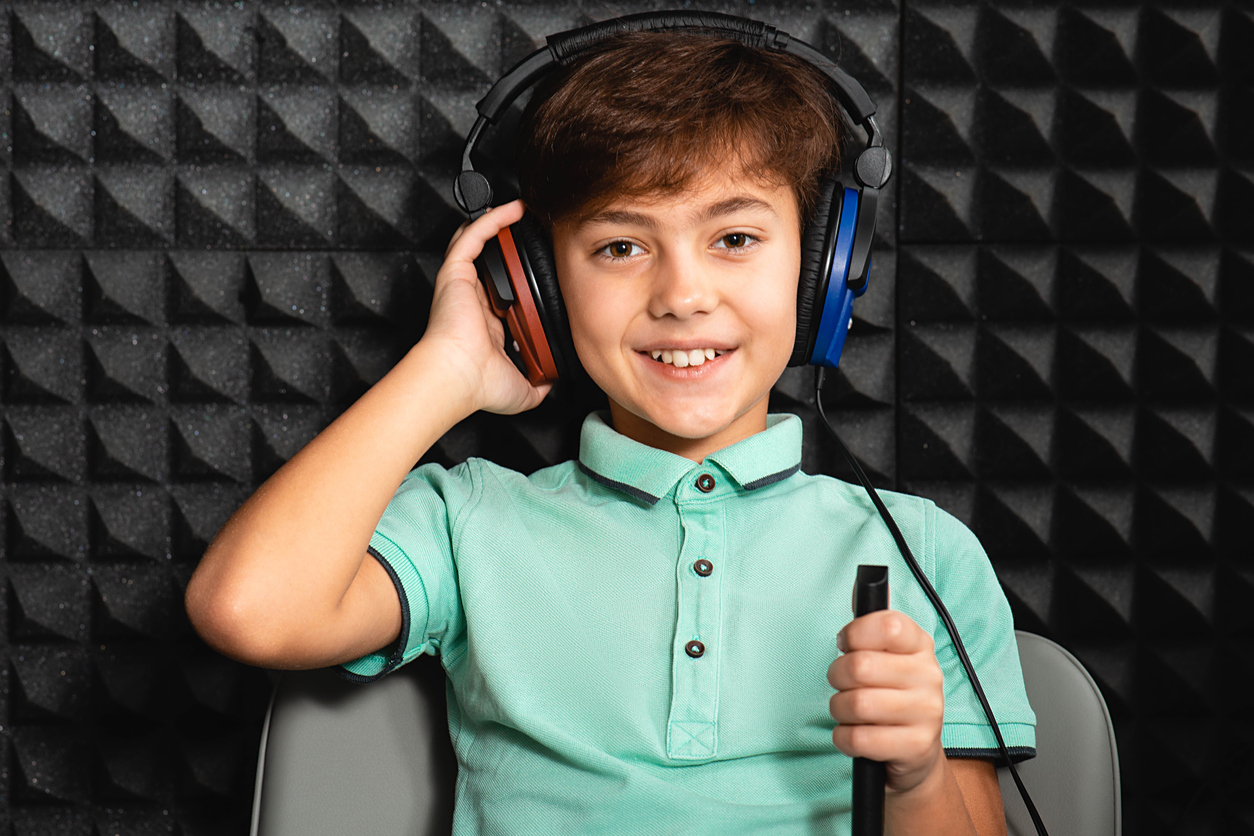Understanding the Different Types of Hearing Tests for Young Children

Hearing tests and evaluations change as children progress through different stages of development. From newborns to toddlers and school-aged children, the methodologies, tools, and objectives of hearing tests evolve to capture the intricacies of auditory development at various milestones. With a better understanding of the nuanced approaches and considerations that characterize hearing tests across different age ranges, our aim is to provide parents and caregivers with more knowledge to help promote optimal auditory health and overall well-being.
Age Range 0-6 Months
During the first six months of a child’s life, hearing tests are often conducted as part of routine newborn screenings. One common method is the otoacoustic emissions (OAE) test. In this test, a small, soft earphone is placed in the baby’s ear, and a series of sounds are played. The ear’s response is measured by a microphone, providing information about the health of the inner ear. The test is very quick and painless, and can be done with the child awake or even asleep.
Age Range 6-24 Months
As children grow older, more comprehensive hearing tests are introduced. The Auditory Brainstem Response (ABR) test is commonly used in this age range. Electrodes are placed on the child’s head to measure the electrical activity in response to sound. This test is particularly useful for identifying hearing issues related to the auditory nerve and brainstem.
Age Range 2-5 Years
For toddlers and preschoolers, behavioral hearing tests become more practical. Pure-tone audiometry is a common method, where the child responds to various tones played through headphones. Visual reinforcement audiometry is another technique, involving the child responding to sounds by turning their head or looking towards a visual stimulus.
Age Range 6 Years and Older
As children enter school age, traditional hearing tests similar to those used for adults are more applicable. These include pure-tone audiometry, where the child signals when they hear a sound, and speech audiometry, where the child repeats words or sentences at different volume levels.
General Hearing Test Procedures:
Regardless of the age range, certain procedures are commonly followed during hearing tests for small children:
- Preparation: The child is prepared for the test by explaining the process in an age-appropriate manner, ensuring they feel comfortable and at ease.
- Equipment Setup: Specialized equipment, such as audiometers and earphones, is used to deliver sounds and measure the child’s response.
- Audiologist Guidance: A trained audiologist administers the test, closely observing the child’s reactions and responses.
- Documentation: The audiologist records the child’s responses and any signs of discomfort or challenges during the test.
- Interpretation: The results are interpreted to identify any hearing issues or abnormalities. Further assessments may be recommended if needed.
Regular hearing tests for small children are essential for early detection and intervention in case of hearing impairments. By understanding the different procedures used across various age ranges, parents and caregivers can actively participate in ensuring the optimal hearing health of their children. To schedule a hearing test or learn more about the different types of testing we conduct at NAENTA, please call our office at 770-292-3045.








 Make an Appointment
Make an Appointment